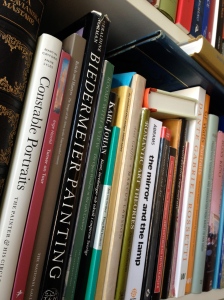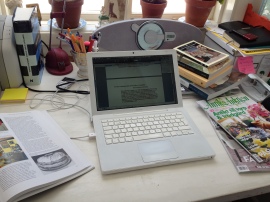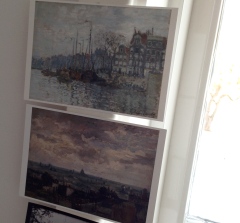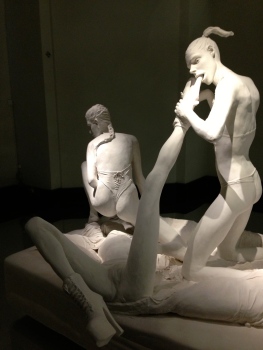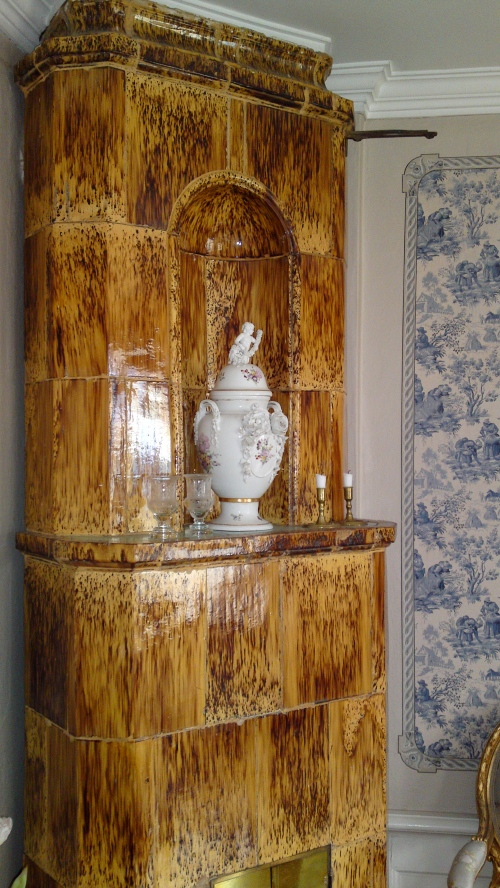The season for dressing in proper cosy-wear is finally upon us. Autumn is here. More or less. There is hardly anything I enjoy more than to open my wardrobe and get all the corduroy trousers and lambswool sweaters out. To be able to wear the garments of autumn, thick high quality fabrics in bright colours, is as wonderful as enjoying a really good vintage Bordeaux. At least to me. For some reason it is as if the world becomes more alive, the weather becomes almost tactile. You can almost drink the air, taste the wind. Magnificent feelings.
Someone asked me the other day where one buys the best corduroy and sweaters. He also asked about tweed jackets, though that is a different kettle of fish entirely. That’s a topic for another day. But when it comes to proper cords and lambswool, nowhere is as good as Cordings of Piccadilly in London.  I have searched for other brands all over the world, but no one can compete. In my opinion. When other, however great, brands try making cords they seem to misunderstand what a corduroy trouser is. What the fabric is all about. You simply can’t make a regular trouser, choose a nice looking corduroy fabric and apply the same idea you use for a regular trouser. The result is always a hybrid of weird fashion mixed with classic style but none of the two makes any sense put together. A bit like these Levi’s 511 made in a rather garish corduroy quality…
I have searched for other brands all over the world, but no one can compete. In my opinion. When other, however great, brands try making cords they seem to misunderstand what a corduroy trouser is. What the fabric is all about. You simply can’t make a regular trouser, choose a nice looking corduroy fabric and apply the same idea you use for a regular trouser. The result is always a hybrid of weird fashion mixed with classic style but none of the two makes any sense put together. A bit like these Levi’s 511 made in a rather garish corduroy quality…
You need a certain width in a cord trouser, but not too much. If too much is used, they will look like an old mans trousers on a young mans body. If you happen to be a young man, that is. That is a look no one wants. Absolutely not the designer, and least of all you. You need an exact balance between width over thigh and calf, a proper cord trouser needs to be comfortable (that is, after all, the whole point of the garment), and the fall of the fabric that is decided by the weight of the cloth. That perfectly balanced effect you can get either by going to your tailor and have a pair made, or you can buy them at Cordings. In my view, the latter is to prefer. It will save you some money, better used for your next bespoke suit.
The range of colours to choose from is great too. There are all the bright yellow, red, pink, puce etc. that I love. But there are also the more discreet moss green, brown and so on. If one happens to prefer slightly more discreet nuances. A wonderful detail that makes the trouser sit perfectly on your hip is the extra strengthened waist lining plus the adjustable waist band, corrected with two buttons on each side on the outside as seen above. Details that has taken decades to perfect, and which we as customers can now enjoy.
After a post like this, I guess I should write about just Cordings too. Their range of jackets, shirts, ties, socks and cuff links are worthy of their own blog post. But that’s for another day. And I forgot about their lambswool sweaters that are the best in the world, too. Well, well… Now, go hunting for a proper pair of cords gentlemen!





